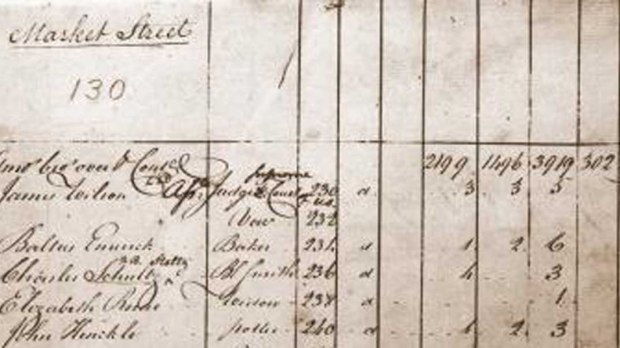August 2, 1790 was the day the United States first implemented a census. Smithsonian.com reminds us that back in those days census takers were sent riding on horseback across the 13 original states, as well as the districts of Kentucky, Maine and Vermont and the Southwest Territory (now Tennessee). This is a far cry from the upcoming 2020 census, which will be the first census made available to fill out online.
There were many things that our budding nation determined based on the results of the first census. Jeremy Norman from HistoryofInformation.com explains:
“The results were used to allocate Congressional seats … electoral votes and funding for government programs.” The United States Census Bureau also acknowledges that the precise enumeration of free white males was intended “to assess the country’s industrial and military potential.”
The results revealed that, in 1790, there were 3.9 million people living in the US, a figure which surprised Washington and Jefferson, who were expecting more. Of course, there probably were a lot more people than the report showed, since slaves were counted as 3/5 of a person and Native Americans were not counted at all until the 1870s.
While the census was only 6 questions long in 1790, it grew to 53 questions long by 2000. The most recent census in 2010 attempted to return to the original format and was shortened to 10 questions. The upcoming 2020 census is expected to be about the same length.

